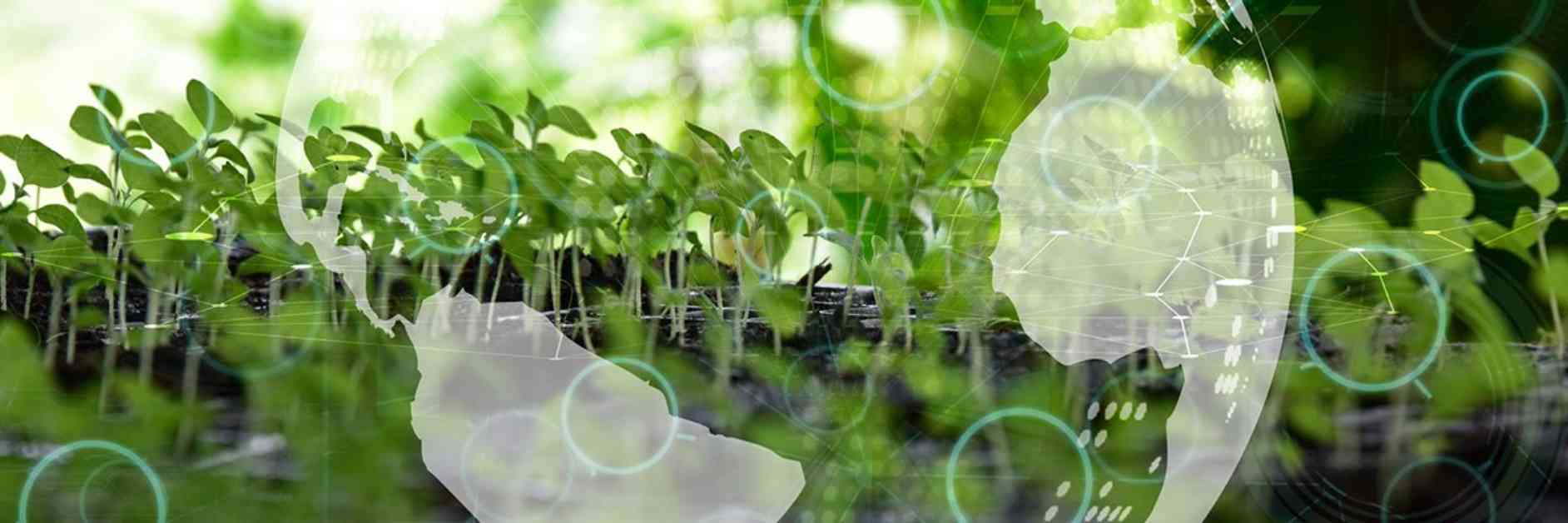Digital technology has become increasingly crucial in addressing the challenges posed by the global climate crisis. As companies seek innovative solutions to promote sustainability, the Fourth Industrial Revolution has introduced various technologies like the Internet of Things (IoT), robotics, and artificial intelligence (AI) to aid in this endeavor. However, it is essential for business leaders to carefully consider both the advantages and drawbacks of implementing technology in the pursuit of sustainability.
One of the key areas where digital technology is being leveraged is in minimizing greenhouse gas emissions, particularly in transportation planning, through the use of AI. While AI holds promise in reducing emissions, it is important to acknowledge that AI is a resource-intensive technology that contributes to carbon dioxide emissions. The training of AI models generates significant heat, necessitating more water for cooling in data centers, highlighting the environmental impact of AI technology.
The concept of the circular economy has gained traction in sustainability discussions, with companies focusing on resource efficiency and waste reduction throughout their supply chains. Professor Karen Bakker, an environmental scientist and tech entrepreneur, delves into the potential of digital technology to support a circular economy model in her book, “Gaia’s Web: How Digital Environmentalism Can Combat Climate Change, Restore Biodiversity, Cultivate Empathy and Regenerate the Earth.”
Advocates of using digital technology for sustainability emphasize the potential to eliminate waste and enhance resource efficiency. By incorporating digital solutions, companies can streamline production processes, reduce emissions, and minimize waste. However, critics raise concerns about the increased demand for hardware and infrastructure, such as servers, which contribute to the ongoing reliance on nonrenewable resources like metals and plastics.
In the pursuit of a circular economy, technologists aim to avoid pollution and the extraction of nonrenewable resources from the Earth. By implementing technological systems that prioritize conservation and reuse, companies can contribute to regenerating living systems and fostering sustainable practices. This approach aligns with theories of cyclicality, systems-thinking, and metabolism in both living organisms and machines, emphasizing the importance of sustainability in industrial processes.
The integration of digital technologies within circular economies holds the potential to revolutionize industrial production and metabolism through automation, cognitive computing, the Internet of Things, and cloud computing-enabled data exchange. Proponents argue that these technologies can enable highly resource-efficient, low-emission, and low-waste production processes that are embedded in eco-industrial networks. By creating long-lived products with recyclable components, companies can enhance transparency, track entire value chains, and drive sustainable practices.
As digital technologies continue to evolve, there is a growing emphasis on localizing value chains and promoting open-source business models in design and manufacturing. This shift towards “design global, manufacture local” aims to reduce the need for global transportation of goods by leveraging digital platforms like fab labs and makerspaces equipped with advanced manufacturing technologies. By sharing open-source designs for agricultural machines, dwellings, and 3D printers, communities can collaborate on creating sustainable solutions that minimize environmental impact.
Despite the potential benefits of digital technologies in promoting sustainability, there are concerns about the escalating demand for materials in the digital economy. The proliferation of computing centers, servers, and transmission networks has led to increased consumption of metals, rare earth minerals, plastics, and glass. This trend is expected to contribute to a rise in e-waste generation, posing challenges for environmental sustainability in the long run.
Moreover, the social justice implications of digital technology often go overlooked, particularly regarding the human rights impacts of mining rare earth metals essential for digital devices. The transition from fossil fuels to renewables is projected to intensify demands for minerals, potentially exacerbating risks of human and environmental rights violations, especially in low-income countries. The reliance on forced labor in artisanal mines and the exploitation of natural resources highlight the hidden costs of the digital revolution, underscoring the need for ethical considerations in technological development.
In conclusion, the integration of digital technology within circular economies offers significant opportunities for promoting sustainability and reducing environmental impact. While there are challenges to address, such as the increasing material requirements of the digital economy and social justice concerns, it is essential for companies to prioritize ethical practices and responsible resource management in their pursuit of a more sustainable future. By leveraging technology to drive innovation and efficiency, businesses can contribute to building a circular economy that fosters environmental stewardship and social well-being.






















